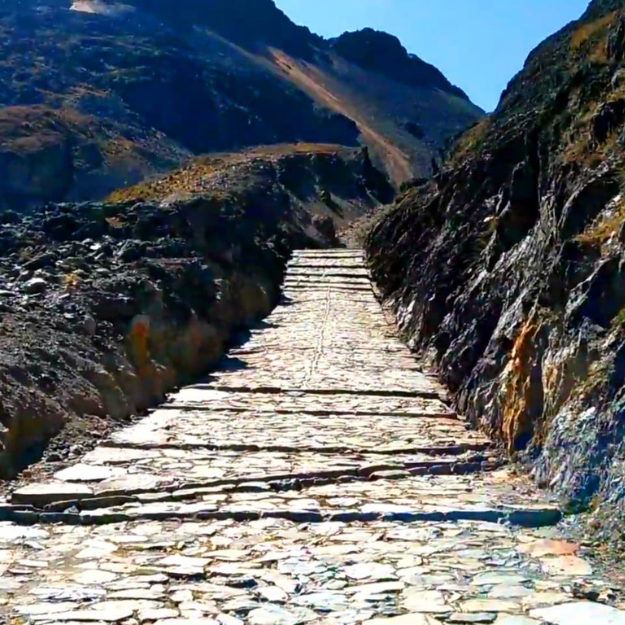Bolivia: A High-Altitude Adventure
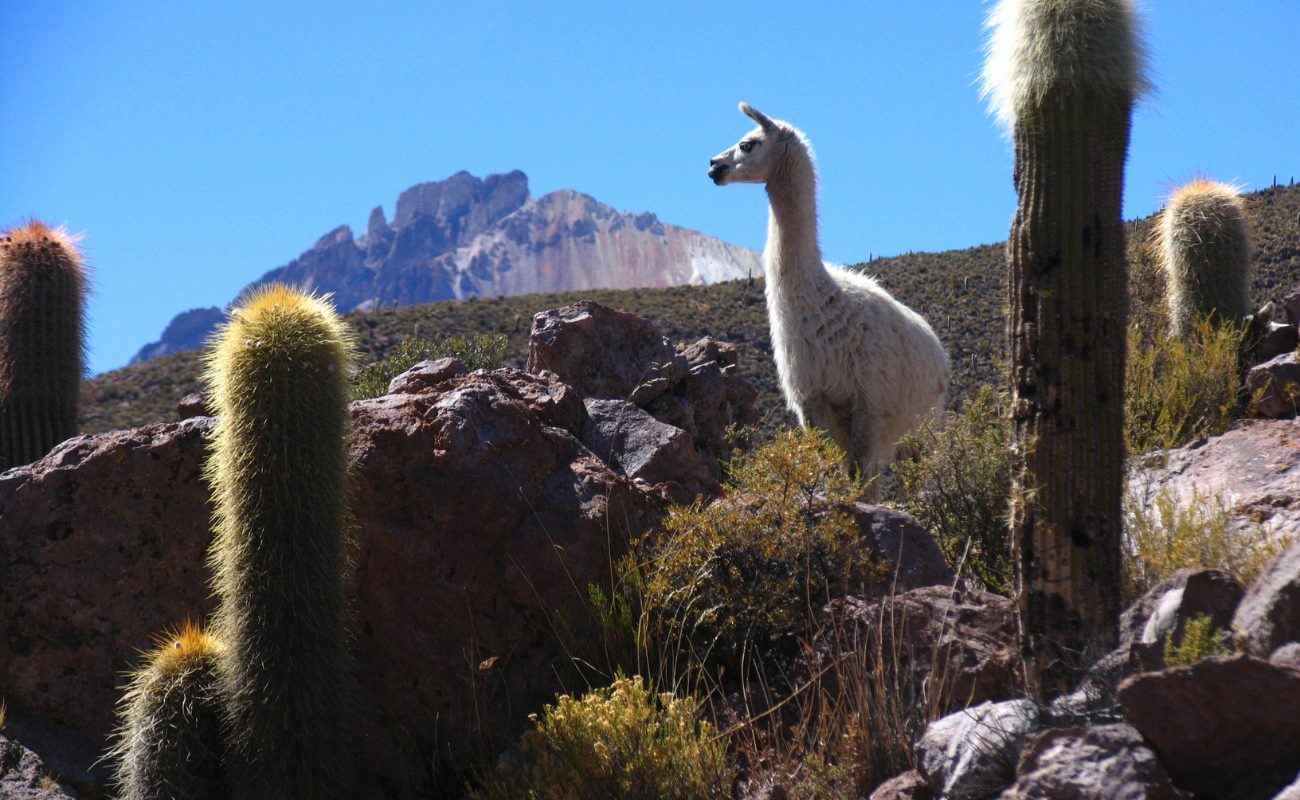
olivia, a hidden gem nestled in the heart of South America, offers one of the most diverse and awe-inspiring landscapes on the planet. From the surreal Salar de Uyuni to the vibrant cultures surrounding Lake Titicaca, Bolivia is a paradise for adventure seekers, photographers, and cultural travelers alike. Its high-altitude terrains, steeped in rich history and natural beauty, promise experiences that are both thrilling and unforgettable. Whether you’re mountain biking down treacherous roads or standing in silent awe on the world’s largest salt flat, Bolivia’s landscapes leave an indelible mark on all who visit.
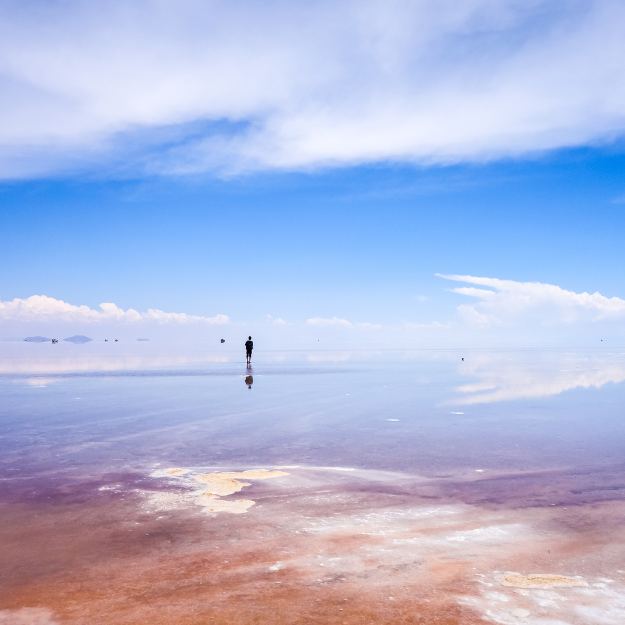
Salar de Uyuni
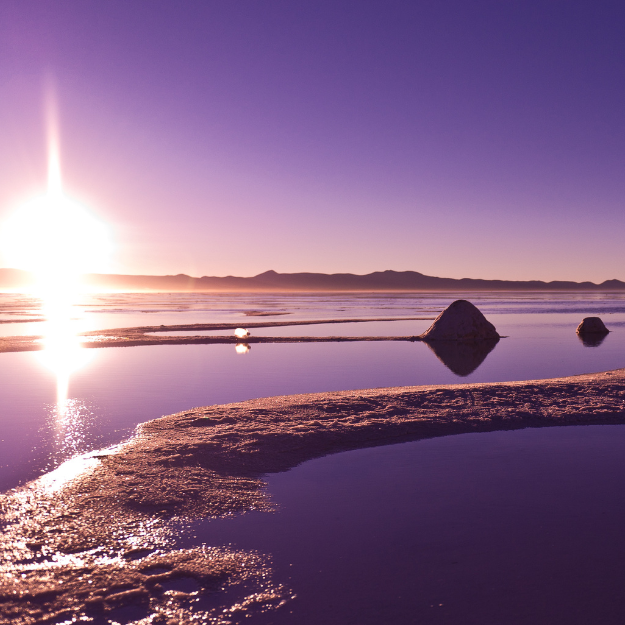
Salar de Uyuni
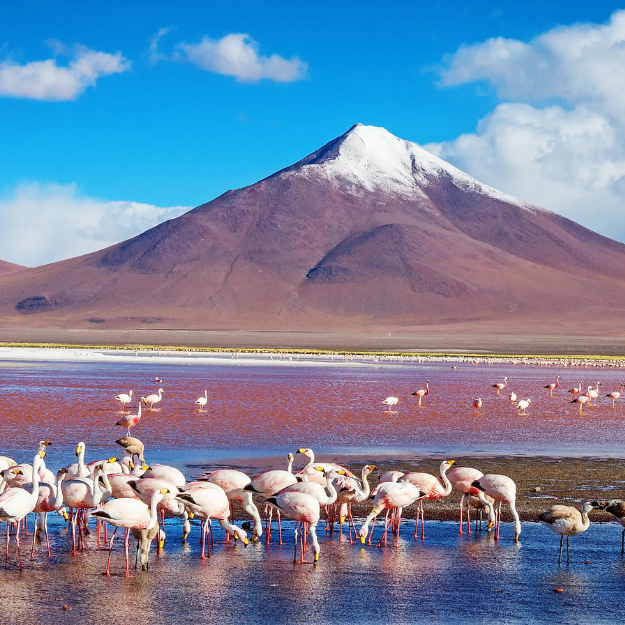
Laguna Colorada
Book Flights to Bolivia
Salar de Uyuni: A Photographer’s Dreamscape
The World’s Largest Salt Flat
At 10,582 square kilometers (4,086 square miles), Salar de Uyuni is the largest salt flat in the world. Located in southwest Bolivia, this otherworldly destination is like stepping onto another planet. Stretching out in a vast expanse of shimmering white salt, the flat becomes a giant mirror during the rainy season (from November to March), reflecting the sky and creating mind-bending optical illusions. Photographers flock here to capture the surreal scenes of endless horizons and mirror-like reflections.
Adventure in Salar de Uyuni
For adventurers, there’s no shortage of thrilling activities. 4×4 tours take visitors across the salt flats, stopping at iconic locations such as Isla Incahuasi, a cactus-covered island in the middle of the salt. You can also visit nearby hot springs, geysers, and the colorful Laguna Colorada, a red lake home to flocks of pink flamingos. The terrain is rugged and isolated, making it perfect for those seeking an off-the-beaten-path adventure.
Tip: Stay at one of the unique salt hotels, built entirely from blocks of salt, for a one-of-a-kind lodging experience.
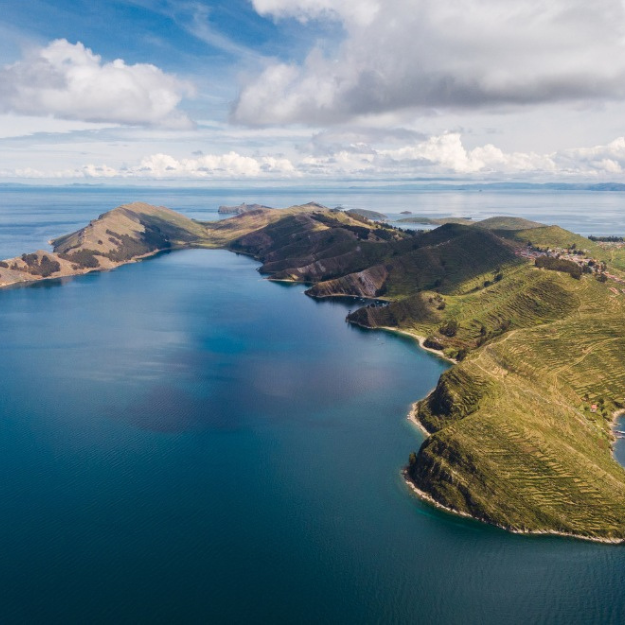
Lake Titicaca
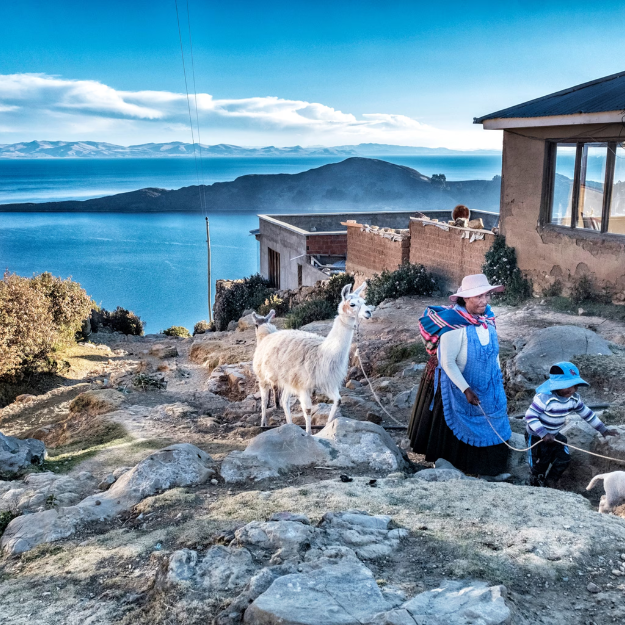
Isla del Sol
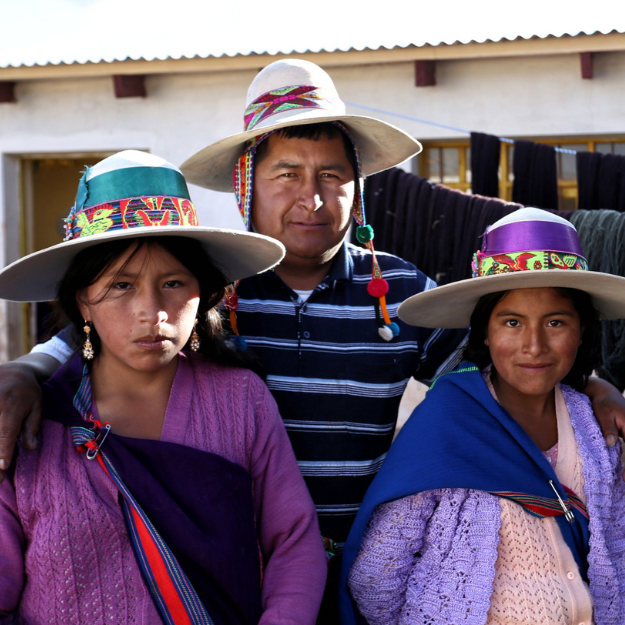
Quechua
Lake Titicaca: Where Culture and Nature Collide
The Highest Navigable Lake in the World
Sitting at an elevation of 3,812 meters (12,507 feet) above sea level, Lake Titicaca is the world’s highest navigable lake. It straddles the border between Bolivia and Peru, offering a tranquil escape from Bolivia’s bustling cities. But don’t let its calm waters fool you—Lake Titicaca is brimming with cultural and historical significance. The lake is considered the birthplace of the Inca civilization, and its shores are dotted with ancient ruins, traditional villages, and vibrant indigenous communities.
Immersing in Indigenous Cultures
The islands on Lake Titicaca, particularly Isla del Sol and Isla de la Luna, are home to Quechua and Aymara-speaking communities. These indigenous groups maintain a way of life that has remained largely unchanged for centuries. Visitors can explore the islands on foot, hike to ancient Inca sites, or stay with local families for a truly immersive cultural experience. This cultural exchange allows travelers to experience traditional music, dance, and crafts firsthand.
Adventure Activities at Lake Titicaca
For those seeking adventure, kayaking and boat trips across the deep blue waters offer a serene yet exhilarating experience. Hiking trails provide breathtaking panoramic views of the lake and the surrounding Andes mountains. Don’t miss the chance to visit the floating islands, made entirely of totora reeds, where indigenous Uros people have lived for centuries.
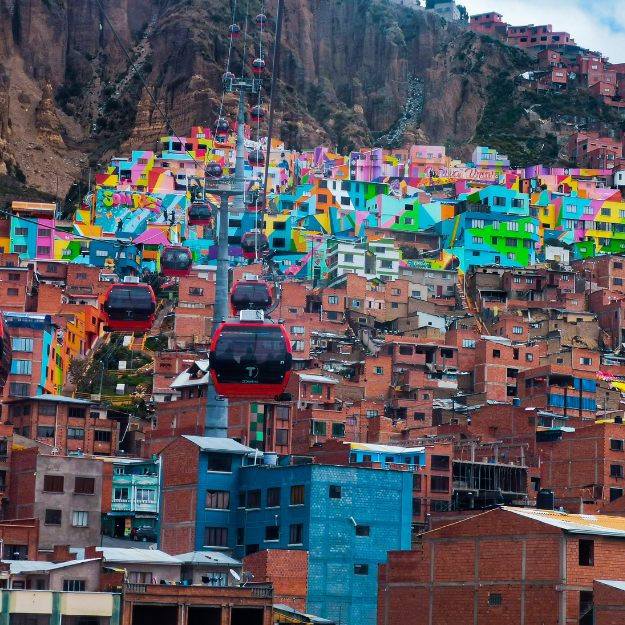
La Paz
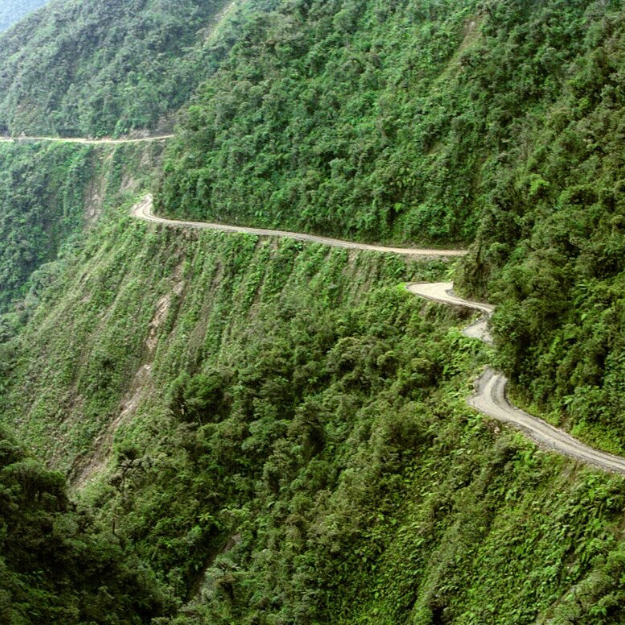
North Yungas Road (Death Road)
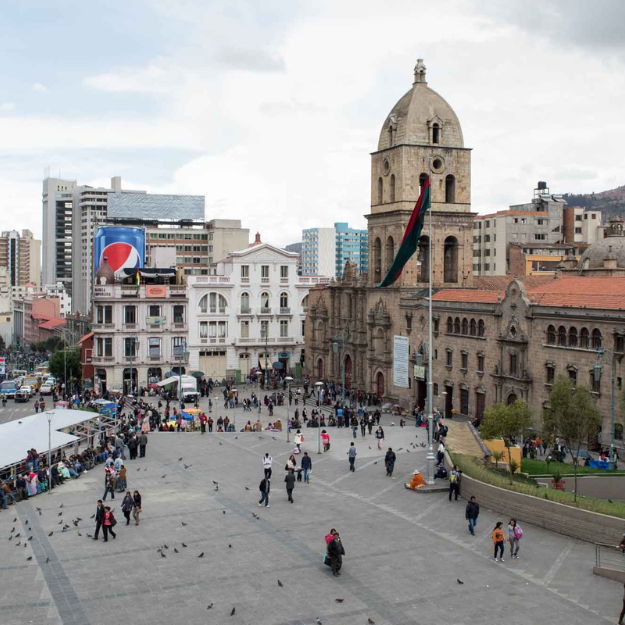
La Paz
La Paz: The High-Altitude Capital
A City in the Clouds
La Paz, Bolivia’s capital, is unlike any other city in the world. Perched at an altitude of 3,640 meters (11,942 feet), La Paz is the highest capital city on Earth. The city sprawls across a dramatic canyon, with colorful houses climbing up its steep slopes, creating a unique and vibrant skyline. For those unafraid of heights, the city’s cable car system (Mi Teleférico) offers stunning views of the entire valley, as well as easy access to neighboring El Alto, a bustling city full of markets and indigenous culture.
Thrill-Seeking in La Paz
For adrenaline junkies, La Paz is the gateway to one of the most thrilling adventures Bolivia has to offer: mountain biking down the infamous Death Road. Officially known as the North Yungas Road, this winding mountain pass descends from the chilly altitudes of the Andes into the tropical rainforest. The ride is not for the faint-hearted—narrow roads with steep drops make for a heart-pounding experience—but for those brave enough to take the plunge, the rewards are stunning views and an incredible sense of achievement.
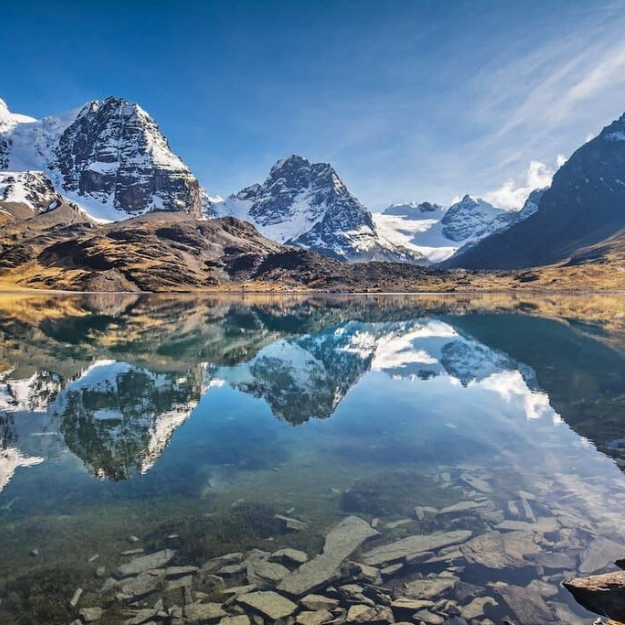
Andes
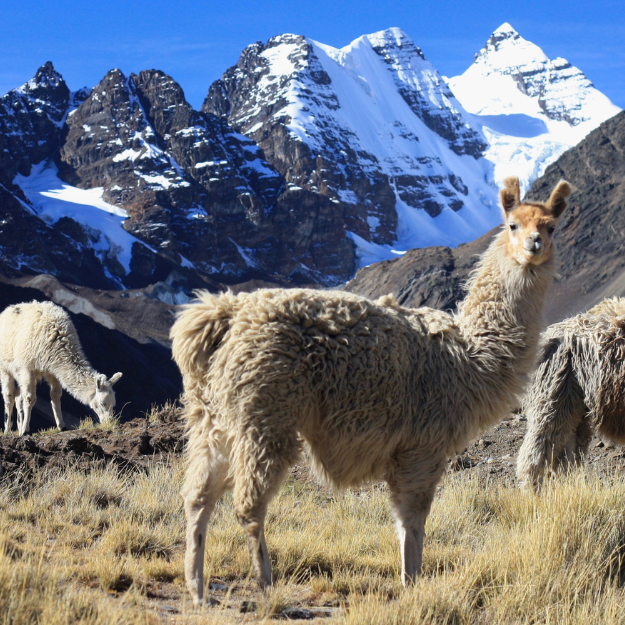
Cordillera Real
